- Written By Team DWS
- Festivals
- October 25, 2025
Echoes of the Hills: Celebrating Meghalaya’s Wangala Festival
Introduction
As the emerald hills of Meghalaya bask beneath the golden glow of the harvest season, a rhythmic drumming envelops the region in celebration and unity. This is Wangala—famously known as the "Hundred Drums Festival"—an exuberant thanksgiving that honors the Sun God, Misi Saljong, and celebrates the agricultural toil and spirit of the Garo tribe. The festival is a tapestry of tribal rituals, ancestral homage, music, and vibrant dance, echoing the centuries-old heartbeat of the people and the land. Wangala’s lore and practices not only mark the agricultural year’s end but also reaffirm Garo identity, matrilineal customs, and community pride.
This post journeys through the origins, rituals, cultural significance, performances, regional evolution, and modern-day relevance of Wangala, painting a vivid portrait of its enduring role as Meghalaya’s premier harvest festival.
638969957303694950.jpg)
The Garo Tribe: Keepers of Ancient Traditions
Matrilineal Heritage and Societal Structures
- The Garo tribe, one of Northeast India’s major indigenous communities, forms the heart of Meghalaya’s cultural landscape.
- Garo society traces clan identity and property through the mother, giving women a central role in customs, rituals, and celebrations.
- This matrilineal system infuses Wangala with unique customs: women lead dances, rituals, and ceremonies, highlighting respect and equity woven into the festival’s core.
The Setting: Garo Hills of Meghalaya
- Most Wangala festivities unfold in the West, East, and South Garo Hills, but satellite celebrations stretch into Assam, Nagaland, and even Bangladesh, marking the widespread reach of Garo culture.
- The region’s hills, lush with jhum (shifting) cultivation, become the stage for drumming, dance, and song each November.
________________________________________
Wangala: Origins, Myths, and Traditions
Roots in Agricultural Rhythm
- Wangala began as a ritual thanksgiving upon completion of the jhum harvest cycle.
- The festival is timed so that no newly harvested rice or vegetables are consumed before special offerings are made to Misi Saljong, the Sun God of Fertility.
- Through oral traditions, Wangala’s stories and rituals have passed across generations, remaining resilient amidst modernization.
Mythological Beginnings and Spiritual Significance
- According to legend, Misi Saljong visited a widow called Aesegri and her son Dotdi, blessing their home for hospitality.
- As the story goes, the Sun God promised to return each harvest season: “When I come, you eat millet and drink rice beer and incense me again like today.” This promise established Wangala as an annual celebration honoring divine gifts.
Spirits and Ancestors
- Ancestor worship is integral: Garos believe ancestral spirits protect communities and crops.
- Offerings of food and rice beer—often in a ritual called Dokru Sala—express gratitude to the departed, reinforcing the social and spiritual bonds that tie Wangala together.
________________________________________
Rituals That Shape Wangala
Rugala Ceremony: Offering First Fruits
- The festival begins with Rugala, a sacred offering of the year’s first harvest to Misi Saljong.
- Village elders or priests (Nokma/Kamal) lead prayers, incantations, and sacrifices seeking protection and prosperity.
Sasat Sowa: Community Well-being
- Following Rugala is the Sasat Sowa, when villagers collectively pray for continued blessings, protection of crops, and social harmony.
Dokru Sala: Honoring Ancestors
- Special foods and drinks are presented to ancestral spirits, believed to guide and shield future harvests.
- The act of remembrance and gratitude fosters unity, humility, and respect for lineage.
The Drums Begin: Sounds and Sights
- Wangala’s unique identity is etched in the resounding thunder of Nagra drums and Garo flute, summoning hundreds to join the festival’s dances.
- The famed "Hundred Drums Dance" begins, with male and female dancers moving in synchronous waves, mimicking the rhythm of agricultural labor, nature, and joy.
________________________________________
Dance, Dress, and Drumming: Cultural Expressions
The 100 Drums Festival
- Modern Wangala’s flagship event is the “Hundred Drums” spectacle—originating in Asanang (1976) as a state-sponsored cultural platform to preserve and showcase Garo heritage.
- Participants dress in traditional attire—dakmanda (sheet wrap), chroko ganna (beaded necklace), and feathered headbands—symbolizing pride and continuity.
- The dances, accompanied by tribal flute and gong, are not mere displays but communal invocations for abundance, unity, and spiritual fulfillment.
Songs, Chants, and Oral History
- Each Garo song and chant sung during Wangala reflects agricultural stories, tribal legends, and gratitude.
- Oral narration keeps historical memory alive, instilling cultural values and respect for ancestors in younger generations.
________________________________________
Feasts, Games, and Social Customs
Harvest Feasts for All
- The festival is marked by community feasts: rice, millet, meats, and seasonal fruits are generously shared among villagers and guests.
- Home-brewed rice beer flows freely, a symbol of abundance and goodwill.
Traditional Games and Sports
- Wangala hosts traditional games: wrestling, archery, and indigenous contests.
- These collective activities build camaraderie, athletic skill, and cultural continuity.
________________________________________
Wangala’s Evolution: From Village Ritual to Global Stage
Modernization and Preservation
- Since the 1970s, Wangala has grown from a local ritual into a nationally recognized cultural celebration, drawing thousands of domestic and international tourists.
- The Hundred Drums Committee and the state government sponsor annual festivals at major venues in Meghalaya.
- Artisans and entrepreneurs display crafts, jewelry, and organic produce, connecting economic opportunity to cultural preservation.
- Media, tourism, and social media have amplified Wangala’s reach, turning it into a symbol of regional pride and global cultural diversity.
Challenges of Globalization
- Like many indigenous festivals, Wangala faces pressures of commercialization, cultural dilution, and migration.
- Efforts to sustain community practices, honor indigenous knowledge, and strengthen matrilineal customs continue through education and reform initiatives.
________________________________________
Wangala’s Broader Context: Agricultural Festivals Across India
- Wangala shares parallels with other Indian harvest festivals: Assam’s Bihu, Nagaland’s Hornbill, Punjab’s Lohri, and Tamil Nadu’s Pongal.
- What sets Wangala apart is its matrilineal ethos, Sun God worship, and the centrality of drumming as spiritual invocation.
________________________________________
Wangala Today: Relevance and Renewal
Uniting Community
- Wangala weaves together the entire Garo community—the old and young—under the themes of gratitude, resilience, and harmony.
- It provides a platform for cross-village collaboration, tribal networking, and the transfer of artistic, linguistic, and culinary heritage.
Cultural Tourism and Identity
- Tourists flock to experience Wangala’s unique sounds, sights, and tastes.
- The festival is vital for showcasing Northeast India’s diversity, bolstering cultural tourism, and promoting heritage conservation.
Spiritual Healing and Social Impact
- Beyond celebration, Wangala offers therapeutic joy, a sense of belonging, and emotional renewal through collective rituals and creative expression.
________________________________________
FAQs About Wangala
- What is the main purpose of Wangala? It is to give thanks for a successful harvest and seek blessings from Misi Saljong, the Sun God, for future abundance.
- Who leads the rituals at Wangala? Village elders or priests known as Nokma/Kamal guide prayers, offerings, and dances.
- Why is it called the “Hundred Drums Festival”? Centuries-old dances use up to 100 tribal drums, symbolizing community strength and agricultural rhythm.
638969957568844371.jpg)
Conclusion
Wangala Festival, with its mighty drums, melodic chants, and communal pride, remains one of Meghalaya’s most captivating cultural treasures. From intimate village rituals to spectacular public events, Wangala is a living bridge between the Garo people’s ancient past and evolving present. Its echoes resound through the hills, inviting every soul to celebrate resilience, gratitude, and heritage under the watchful eye of the Sun God.
Popular on Blogs
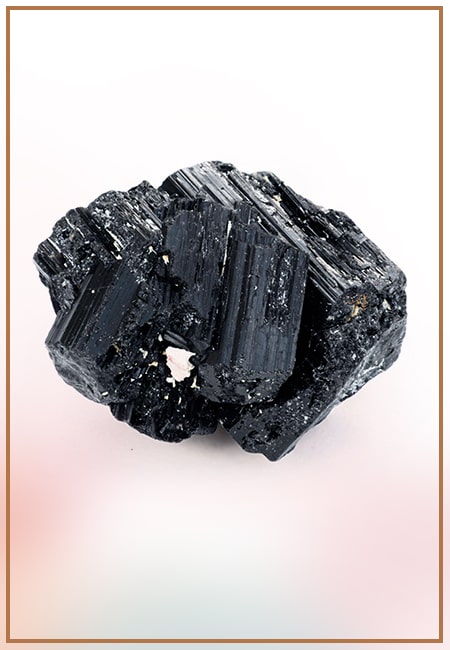
Black Tourmaline: Meaning, Healing Properties, Fascinating Facts, Powerful Attributes, Versatile Uses, and Beyond
September 05, 2023 / BY Team DWS
Black Tourmaline, also known as Schorl, is a highly revered crystal with incredible metaphysical properties. It derives its name from the Dutch word "turamali," meaning "stone with ..
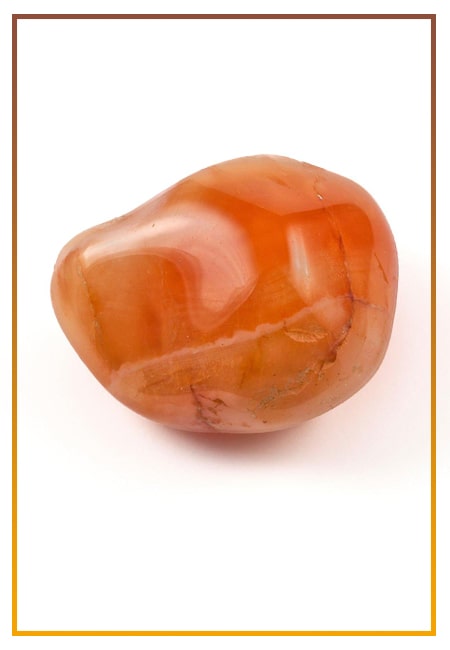
Carnelian Stone: Meaning, Healing Properties, Power, Facts, Color, Uses and More
December 26, 2023 / BY Team DWS
Carnelian is a vibrant and captivating gemstone that holds a plethora of meanings, healing properties, and powers. Its warm and fiery energy makes it a popular choice among crystal ..
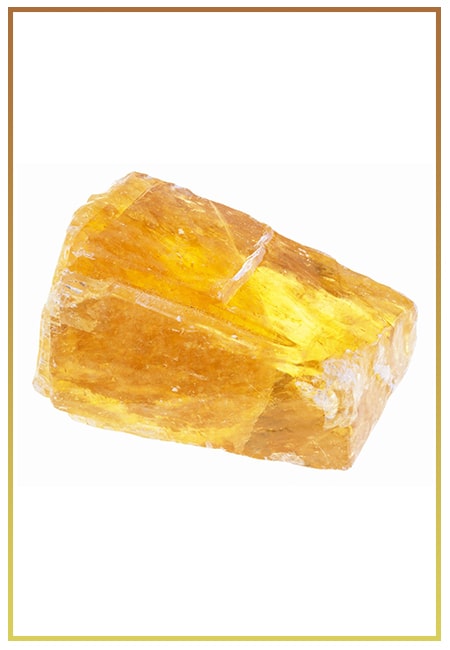
Citrine: Exploring its Meaning, Healing Properties, Fascinating Facts, Powers, Versatile Uses, and Much More
November 18, 2023 / BY Team DWS
Citrine, with its warm golden hues, has captured the attention and imagination of people for centuries. This beautiful gemstone, commonly associated with wealth and prosperity, hol ..

Black Onyx: Unveiling the Meaning, Healing Properties, Fascinating Facts, Powerful Attributes, Versatile Uses, and Beyond
July 25, 2023 / BY Team DWS
Black Onyx, a striking gemstone admired for its deep black hue and elegant appearance, has captivated people for centuries. In this comprehensive guide, we will delve into the mean ..
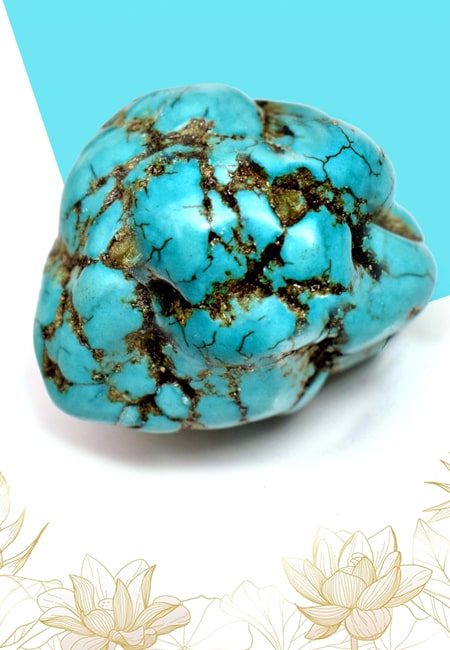
Unveiling the Mysteries of Turquoise Stone: Exploring its Meaning, Healing Properties, Power, Facts, Color, Uses, and More
December 05, 2023 / BY Team DWS
Turquoise, with its captivating blue-green hue, has been adorning jewelry and artifacts for centuries. This striking stone has a rich history, rich symbolism, and a plethora of int ..
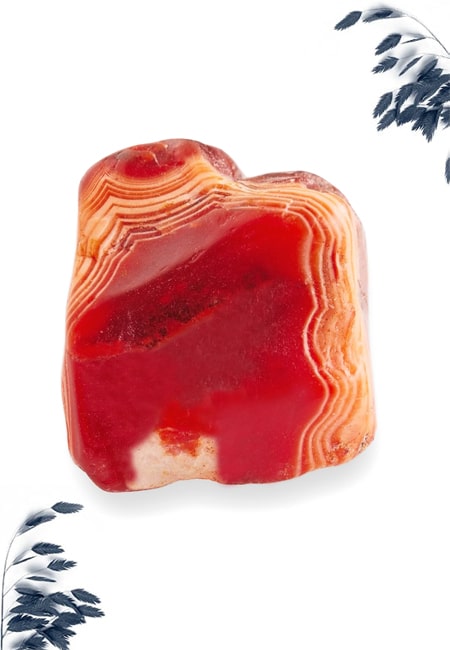
The History Behind The Popularity of Red Agate
December 23, 2022 / BY Team DWS
An Agate is a type of magma rock that takes many years till it is washed out naturally into the water. And that is the reason this stone has elements of water. This beautiful stone ..
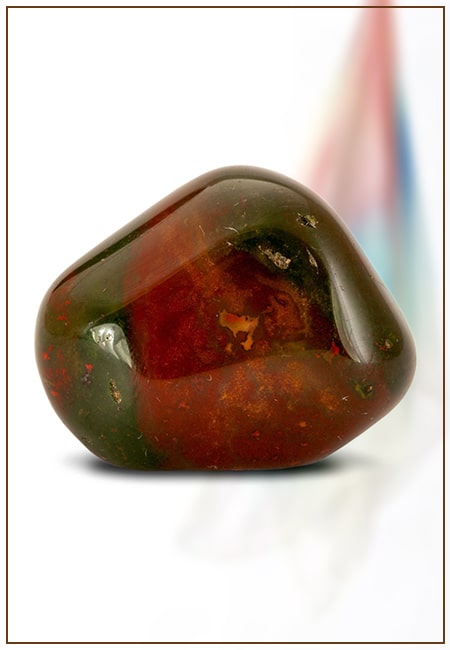
Bloodstone: Unveiling the Meaning, Healing Properties, Facts, Powers, Uses, and More
August 21, 2023 / BY Team DWS
Bloodstone, with its captivating deep green color with specks of red, is a mesmerizing gemstone that has fascinated civilizations for centuries. It possesses unique healing propert ..

Plan a Perfect Valentine's Week with Our Valentine Week List 2025
January 22, 2024 / BY Team DWS
Valentine's Day is undoubtedly the most romantic day of the year, but we believe that one day is just not enough to express your love and make your partner feel special. That's why ..


